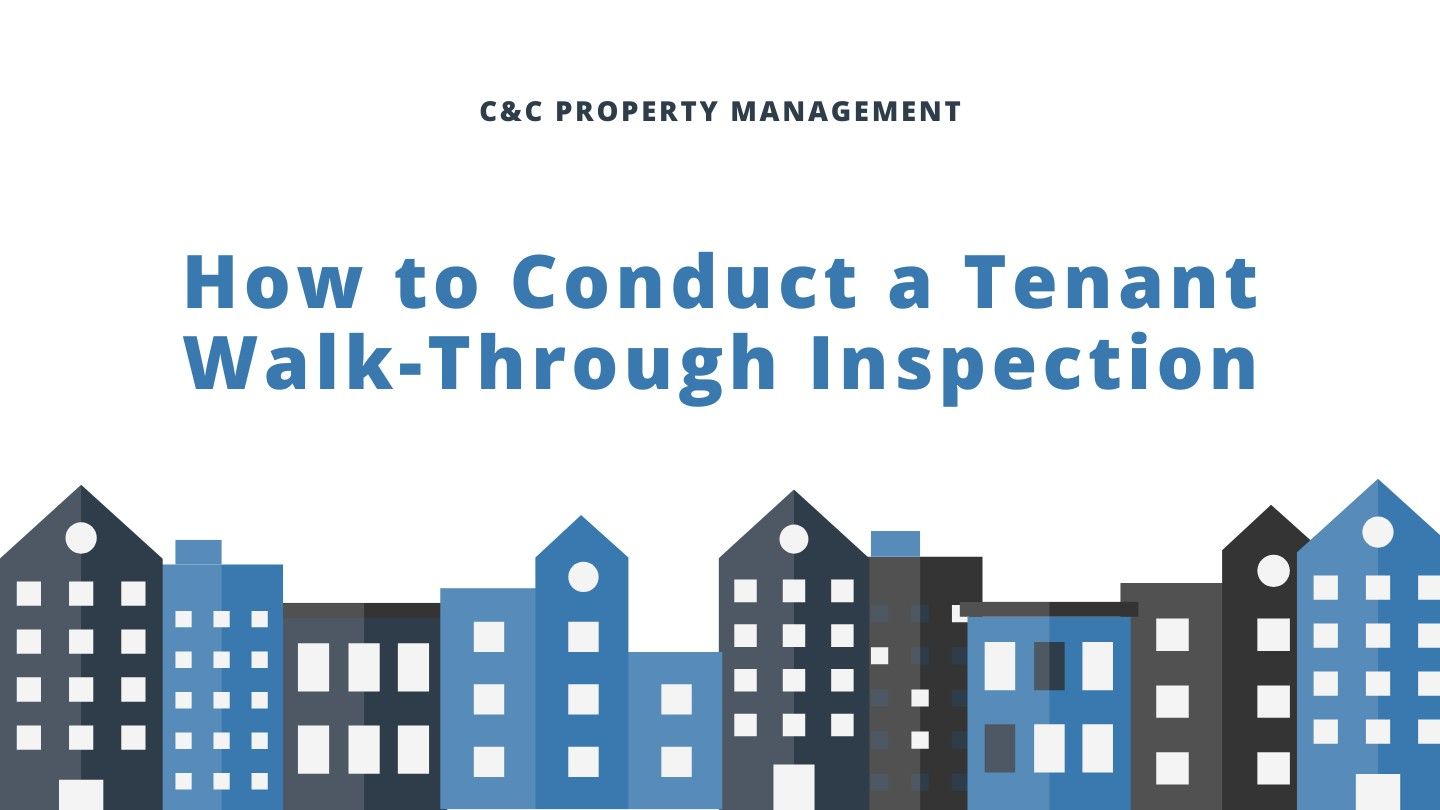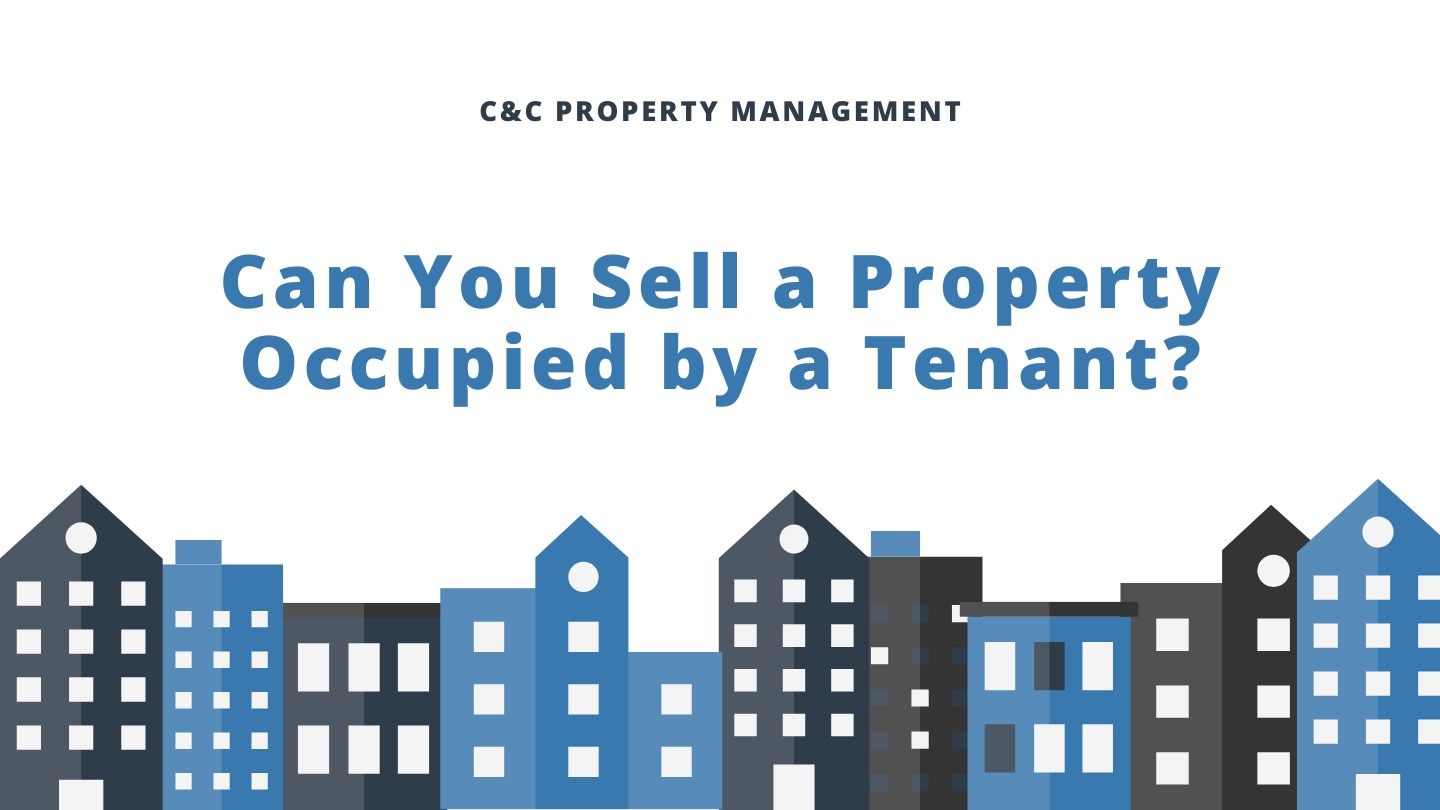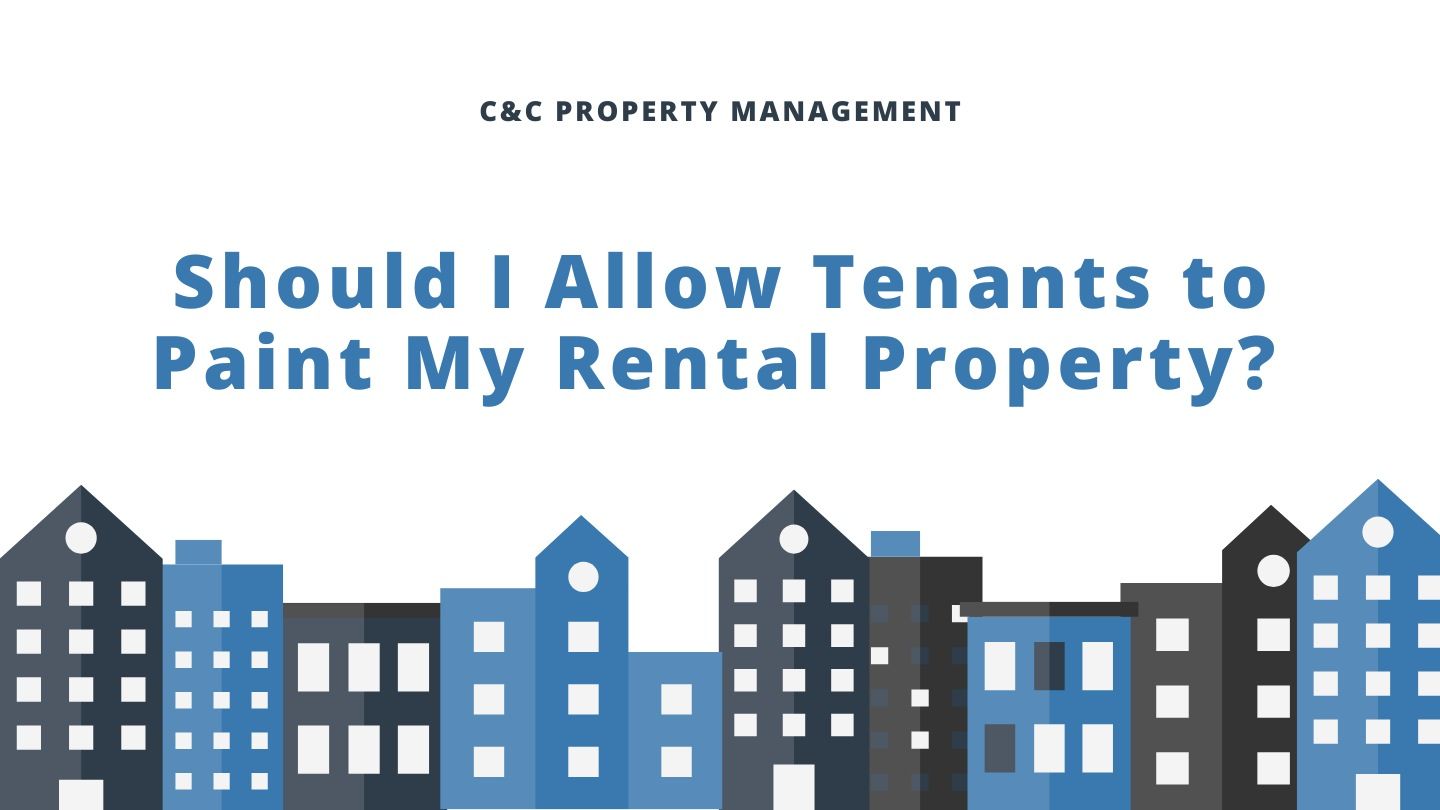Is a Month-to-Month Lease Better For Landlords?
Are you considering the flexibility of a month-to-month lease for your rental property? This option can be a game-changer for many landlords. In this guide, we'll explore the unique benefits and considerations of month-to-month leasing agreements, helping you determine if it's the right choice for your property management strategy.
From increased flexibility in tenant management to potential financial upsides, understanding these leases can help you make informed decisions. We'll also discuss the challenges you might face, ensuring you're fully equipped to maximize your investment. Join us as we dive into the ins and outs of month-to-month leasing for landlords.
What is a Month to Month Lease?
A month-to-month agreement is a type of lease that does not have a fixed end date and typically renews automatically each month unless either the landlord or tenant decides to terminate it. This type of lease offers flexibility to both parties; tenants can leave with shorter notice periods than a standard fixed-term lease, and landlords can adjust terms of the lease more frequently, such as rent prices or lease conditions.
Why Would You Want a Month-to-Month Lease?
As a landlord, choosing a month-to-month contract can be highly beneficial due to its inherent flexibility. This type of lease allows you to quickly adjust to market changes, such as increasing rent in response to rising market rates, without waiting for a long-term lease to expire. It's also a shorter commitment time if you decide you want to sell the property instead of renting it out.

It also makes your residential rental property appealing to a broader range of tenants, including those seeking short-term housing due to life changes or temporary job assignments. Additionally, month-to-month leases enable you to evaluate new tenants on a short-term basis. This can be particularly useful for assessing tenant reliability without a long-term commitment, and it provides an easier way to end a lease if the tenant doesn't meet your expectations.
What are the Pros of a Month to Month Agreement?
The advantages of a month-to-month lease can reveal how it enhances flexibility and responsiveness for landlords, making it an attractive option despite its challenges:
Easy Lease Termination Flexibility
For landlords, the ability to terminate leases flexibly is a significant advantage of month-to-month agreements. You can end a lease more quickly and with less hassle, which is especially useful if you encounter problematic tenants or need to reclaim the property for personal use. This flexibility helps avoid the long, sometimes contentious process that often accompanies breaking a fixed-term lease.
Regular Rental Adjustments
This kind of lease provides the unique opportunity to adjust rent in response to the current market conditions. This means if the market heats up and rental prices increase, you can raise the rent accordingly. This can significantly boost your income over time, allowing you to capitalize on your investment more effectively than with long-term leases that lock in rates for extended periods.

Avoidance of Break Penalties
With these types of leases, you typically avoid the penalties associated with tenants breaking a long-term lease since the commitment is only from month-to-month. This reduces potential legal hassles and financial losses that come from lease breakages in longer agreements, making your Santa Cruz, CA rental business more straightforward and less risky.
Attracting and Retaining Top Tenants
Short-term leases are attractive to high-quality tenants who desire flexibility, such as professionals on temporary job assignments or individuals in transitional life stages. By offering month-to-month leases, you can retain these desirable tenants, who might otherwise choose a different property that offers more lease flexibility. Furthermore, satisfied tenants are more likely to stay longer ensuring steady rental income.
What are the Cons of a Month to Month Lease?
While month-to-month leases offer flexibility, they come with their own set of challenges that landlords should consider before opting for this leasing structure. Here are a few potential downsides to be aware of:
Unpredictability of Lease Length
The uncertainty of lease duration is a significant drawback for landlords with month-to-month leases. Since tenants can leave with typically just 30 days' notice, you might find yourself frequently searching for new renters. This unpredictability makes it challenging to plan long-term for your property's occupancy and financial projections, potentially leading to periods of vacancy that could affect your revenue stream.

Challenges with Frequent Tenant Turnover
Handling rapid tenant turnover can be quite labour-intensive and costly. Each time a tenant moves out, you may need to clean, make repairs, screening new applicants, and market the property all over again. This not only increases your operational costs but also demands more of your time, making it less efficient compared to having long-term, stable tenants. Frequent turnovers can disrupt the steady management rhythm you might prefer as a landlord.
Fluctuations in Rental Income
With month-to-month leases, your rental income can be highly variable. While you have the flexibility to adjust rent prices based on current market conditions, this can also mean your income fluctuates if you must lower rents to attract tenants quickly. This variability can complicate budgeting and financial planning, making it harder to predict your annual income from the property, especially if the market experiences a downturn.
Bottom Line
Navigating the waters of month-to-month leases can be both rewarding and challenging. While they offer unmatched flexibility, they also require vigilance and strategic management due to their inherent unpredictability and turnover rates. If the thought of juggling these responsibilities seems overwhelming, it might be time to bring in the experts.
C&C Property Management specializes in turning potential headaches into opportunities, ensuring your property thrives regardless of the leasing terms. Partner with C&C Property Management for peace of mind and a profitable portfolio. Discover how professional property management can transform your property investment today!








